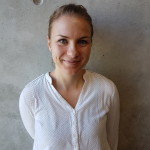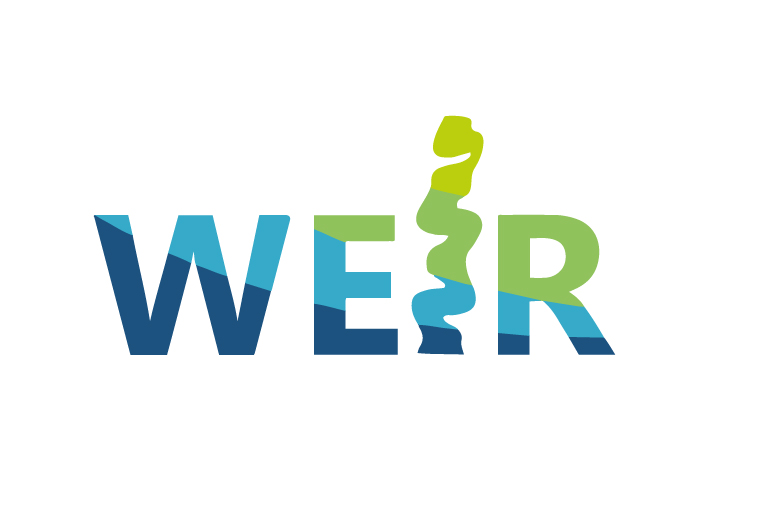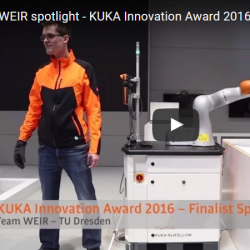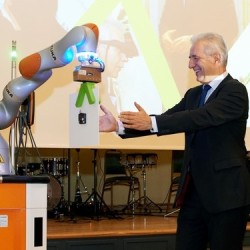FEATURES
In this project we use wearable devices (smart clothing) to track human body motions and let industrial robot arm mimic them. In this way automation an co-working task are designes in a fast, efficient manner. Our main objective is to improve the implementation and execution of control solutions for robotic arms in co-working scenarios.
More concrete, we want to:
- Enable easy, fast, inexpensive and reliable teaching of tasks of robotic arms at the production site for co-working scenarios
- Enable personalized control of the robotic arm, depending of the properties of the co-worker
- Enable runtime adaptation of the control software based on dynamic environmental properties (e.g., concrete position of the co-worker)
WEARABLES
The working clothes, both jacket and glove are equippedwith several IMIs: BNO055 is an intelligent 9-axis absolute orientation sensor.
SOPHISTICATED KINEMATICS
The online manipulation of the robot arm is bases on tracking the human body motion.Therefore, the data from the IMUs is used to determine the posture of the human arm using forward kinematics.
FOG COMPUTING
Industry 4.0 demands more flexible, secure and reliable infrastructure. WEIR is based on a modern Fog Computing Plug-and-Play architecture, enabling edge-computing and seamless integration of new components.
MOBILE APP
A mobile App is used by the trainer to define workflows and triggers for stepping from one control step to another.
About
The team consists of 5 members of the Software Technology Group of the Technische Universität Dresden under the supervision of Prof. Dr. rer. nat. habil. Uwe Aßmann. The ST group is one of the most recognized software engineering institutions in the research areas of Software Composition, Model-Driven and Component-Based Software Engineering. The group has a strong background in the areas of meta-modeling, software architectures, self adaptive systems and language engineering. In recent years the ST Group has used multiple different robotic hardware systems to demonstrate and evaluate contributions in the area of the design and execution of self-adaptive systems. Recently, the group also investigates software design concepts for electronic components embedded in clothes (wearable computing).
-
Software Architecture
-
Self adaptive Systems
-
Meta-Modelling
-
Language engineering
WEIR TEAM MEMBERS

CHRISTIAN PIECHNICK

GEORG PÜSCHEL

Maria Piechnick

SEBASTIAN WERNER



